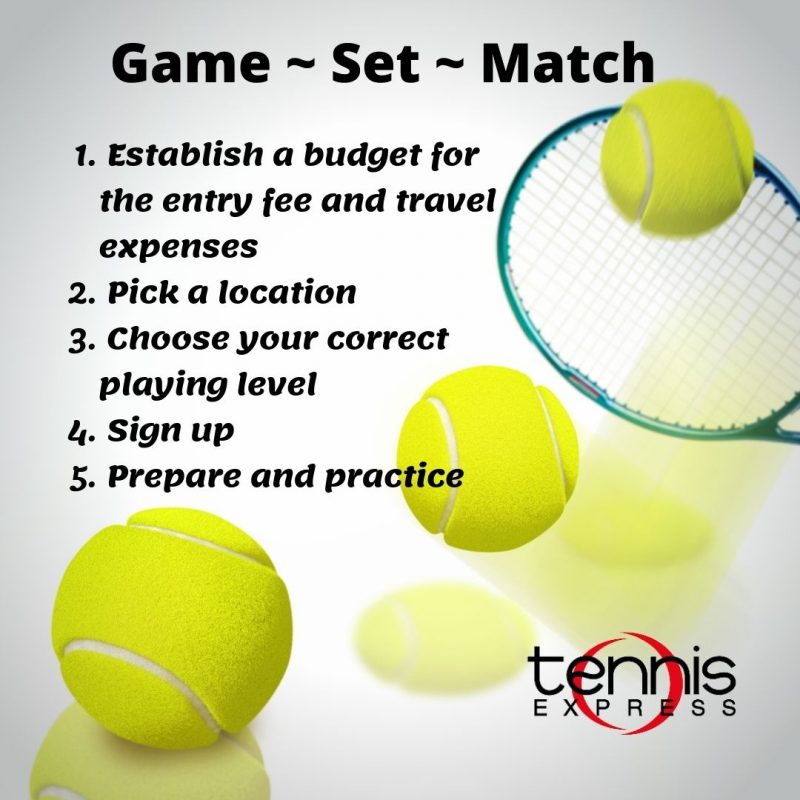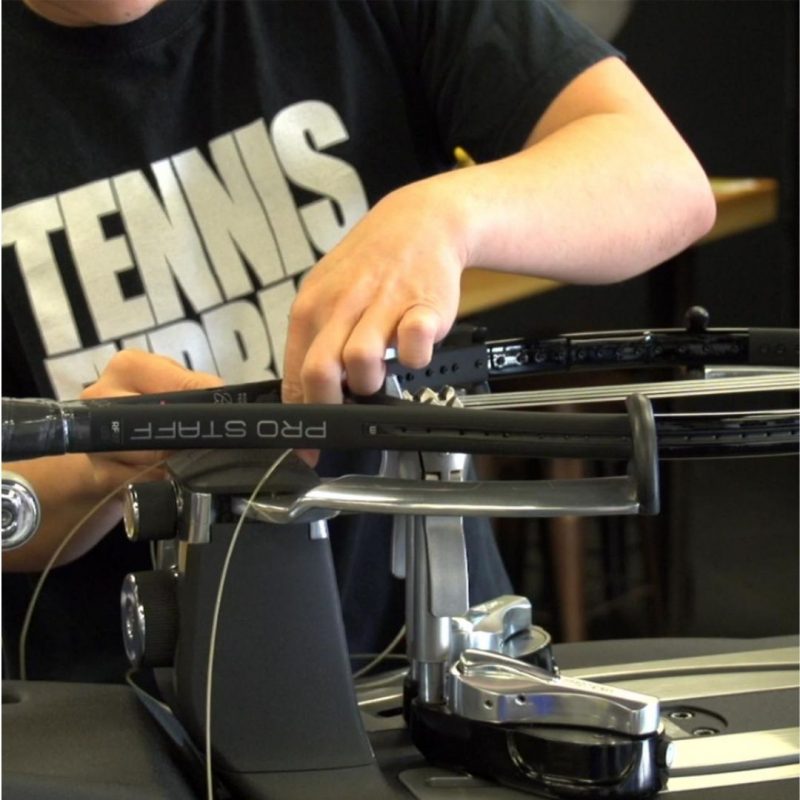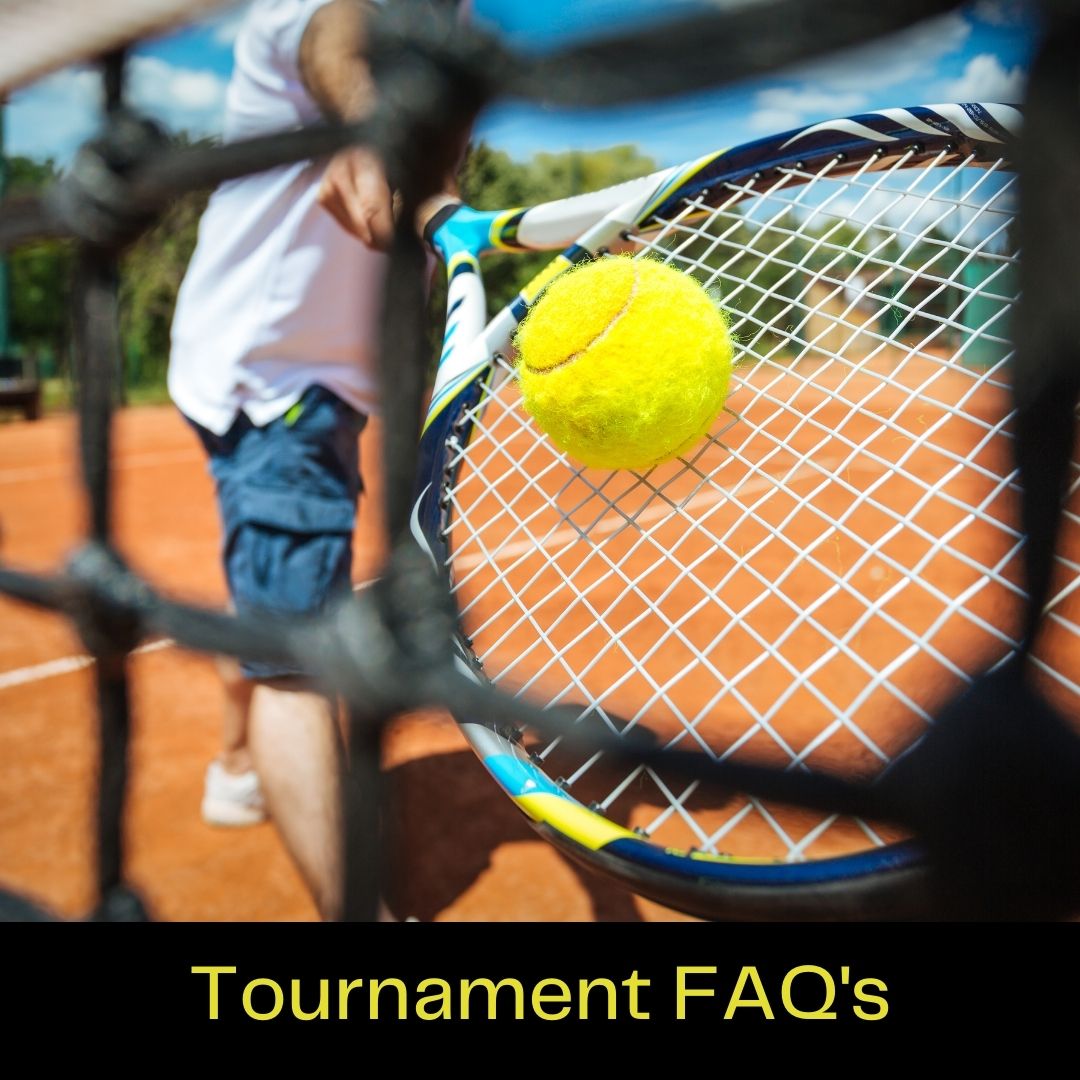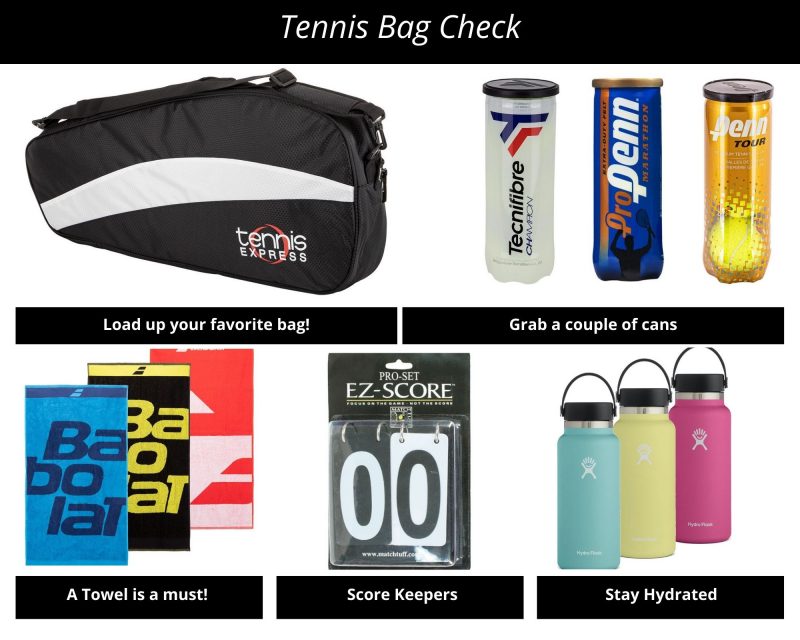Preparing for tennis tournaments can be fun and exciting! It can also get overwhelming. Here is an outline to help you navigate the next steps as you plan and prepare for an experience of a lifetime!
Tennis Tournaments 101
When it comes to tennis tournament basics, a lot of people aren’t sure where to start. There are a variety of clubs that host weekend tournaments, as well as a few less-than-conventional venues. For example, I was recently invited to play in the Crawfish Classic, a three-day tournament held in Lafayette, Louisiana where players enjoy some friendly competition along with a Saturday night crawfish feast.
The best place to start your tennis tournament search is online. One of the largest tennis organizations to oversee, and manage tennis tournaments, is the USTA (United States Tennis Association). They host a variety of competitions, at gorgeous courts across America, in the hopes of challenging and inspiring the tennis community. While each tournament has its own set of criteria, most are based on a player’s skill level or age. Many have a draw that includes single players, doubles, and/or mixed doubles.
Tournaments are also based on court surfaces such as hard courts, which can be played both indoors and out. There are other playing surfaces such as grass or clay, as well as junior and adult categories.
Since there are literally hundreds of tennis tournaments to choose from, you can use the information below as a guideline to select the right one for yourself.

Based on the travel time and entry fee, you can decide whether you want to play singles, doubles, mixed or all of the above. The more tournament research you do, the more you’ll find the right fit for your budget and schedule.
One of the most critical elements to playing any tournament is making sure you’re playing at the right skill level. For example, if you’re a player with a 3.0 NTRP (National Tennis Rating Program), you are eligible to play in 3.0 tournaments. Also, you can play up, in the 3.5 division where the competition will be hard, but you can’t play down against a 2.5 player.
Some tennis tournaments have what’s called an ‘Open’ category and that’s open to players of all skill levels. Another way tennis tournaments divvy up play is by age. We typically see age brackets separated by a five-year span such as Men’s 50’s, Men’s 55’s, and so on. Here the opposite is true of the NTRP. You can play down, against younger and better players, but you can not play up (like a 30-year-old playing against someone in the 40’s).
Train Your Brain & Your Body
Practice is good but training is great! In addition to scheduling an extra weekly hit or two as you count down to a tournament, you should consider playing against new people.
Playing against new people can definitely give you the advantage you’ve been looking for. There’s an element of surprise and problem solving you will encounter that you just can’t get in regular play. This is especially important for players that have been in the same league, playing the same folks for a while. Testing your mental and physical abilities will bring your game to a whole new level when you hit against a new person. If you can, try to line up a practice hit against those above your skill level. Not only will this test your physical performance, but it will give you the opportunity to test your mental ability too.
Remember, being nervous is not a bad thing. In fact, practicing how to manage your nerves can be incredibly beneficial to you in the long run.
Equipment Tune-Up

It’s always a good idea to start a tennis tournament with a fresh set of strings. It’s equally important to know your stringer and have confidence in their ability. We offer a mail-in-string program and have some of the best stringers in the industry.
Also, it’s good to have an extra racquet or two on hand. Most tennis tournaments have a stringer on site. If you have an extra racquet and a set of strings, it could be a nice advantage over one of your competitors.
Believe it or not, shoes are an important part of your equipment and need to be updated on a regular basis. Some people play with the same set of shoes. Others have a pair for match play and a set for practice. Knowing your shoes are performing well and still have a long tread-life ahead is key to any game, not just tournaments.
Bag Check
A few days before the tournament, be sure to do a thorough bag check. Do you have everything you need? Most tennis tournaments provide balls as part of your entry fee. However, it’s always a good idea to bring an extra couple of cans. What if you get a chance to jump on a court and do a little warming up? You wouldn’t want to pass that opportunity up.
Having a fresh towel for each day of play, along with a water bottle and extra overgrips are something I’d consider essential.
More recently, I’ve come to appreciate the value of a scorekeeper. This little gadget is great for “reminding” everyone of what the score is. It will also help you stay focused on the next point versus where you are in the match. Be sure to ask your opponent if they want to flip it or you and always decide on what color background you are BEFORE the match.
Have Fun!
Lastly, and most importantly, have fun!
Win or lose participating in tennis tournaments can be a fantastic experience. You have the opportunity to meet other players, see new shots, and make friends. You also have the opportunity to test and strengthen your tennis ability.
Visit TennisExpress.com and see some of the latest and greatest in tennis equipment, shoes, and apparel!






